It has been firmly established that birds twitter. But does a bird come any more twittery than a greenfinch in spring?
There’s something amiably conversational about a greenfinch’s song - a series of simple trills that change tone between phrases. It can sound as though there are several birds talking together when there’s really only one.
Try listening to it as if it’s a considered exchange of views. One thought from one bird. A different thought in response. Then another from a third.
It’s enough to make you wonder whether they’re up to something like the Home Alone schtick of the great tits (‘don’t even try, it’s heaving here already’).
To the human ear those trills are pretty but not necessarily that distinctive, among all the other season’s tweeting.
Happily, greenfinches also throw in a couple of giveaways.
The first is audible: a sudden drawn-out wheeze. Often this makes an abrupt change of tone in the middle of the trilling conversation, as in the recording above.
At other times it’s delivered repetitively, on its own, as in the recording below.
Depending on the individual, it can sound gossipy, quizzical, even a bit sarcastic. It’s like an audible sneer.
The other greenfinch giveaway is visual: their ‘butterfly impression’, an eye-catching, slow-winged display flight often made while they sing.
The starting point for these aerial manoeuvres is generally the top of a tall hedge or the canopy of a tree, where they spend much of their time in the spring and summer, easily missed among the green of the leaves.
And easily missed in places they were common not long ago. There are thought to be around three quarters of a million pairs of greenfinches across Britain and Ireland, and they can be found in a wide array of habitats, particularly around villages and countryside edge.
But survey data shows that we have lost something like two million pairs since the late 1960s, with an especially steep decline in the last twenty years, due to a severe outbreak of trichomonosis.
This disease of the upper digestive tract affects many species, but greenfinches and chaffinches have been hit especially hard. It’s thought that keeping garden bird feeders and watering sites clean may help to reduce the spread.
The European Greenfinch is a mainly non-migratory bird, and present all year round across most of Europe. Populations in South America, Australia and New Zealand are the result of human introductions.
Find out more about disease and hygiene at bird feeders from the British Trust for Ornithology.
Also trilling from treetops: Goldfinch
This is the 20th instalment in 2025’s cycle of Shriek of the Week. You can catch up with Robin - which includes details of how this works - as well as Wren, Song Thrush, Blackbird, Great Tit, Dunnock, Chaffinch, Goldcrest, Nuthatch, Chiffchaff, Skylark, Great Spotted Woodpecker, Blackcap, Starling, Willow Warbler, Nightingale, Whitethroat, Swift and Redstart.
For those who can, subscribing to the paid tier of Shriek of the Week supports me to write more and keep this all going.
It also gets you access to the full A-Z archive of Shriek of the Week AND our livestream-hopping Early Bird Club call - the next is 8am BST (GMT +1) on Saturday 7 June.
Thanks Mel for your recent support.
🐦⬛ Are you a creative or communicator working for climate, nature recovery or community resilience?
Find the others. Join 249 of us at Content Rising, a unique gathering at the Millennium Seed Bank, Kew Wakehurst in Sussex, on 12 June.
Media credits:
Thanks to the British Library for their recordings.
Greenfinch image cropped from an original by Hans Veth on Unsplash
Goldfinch image by Kranich17 on Pixabay





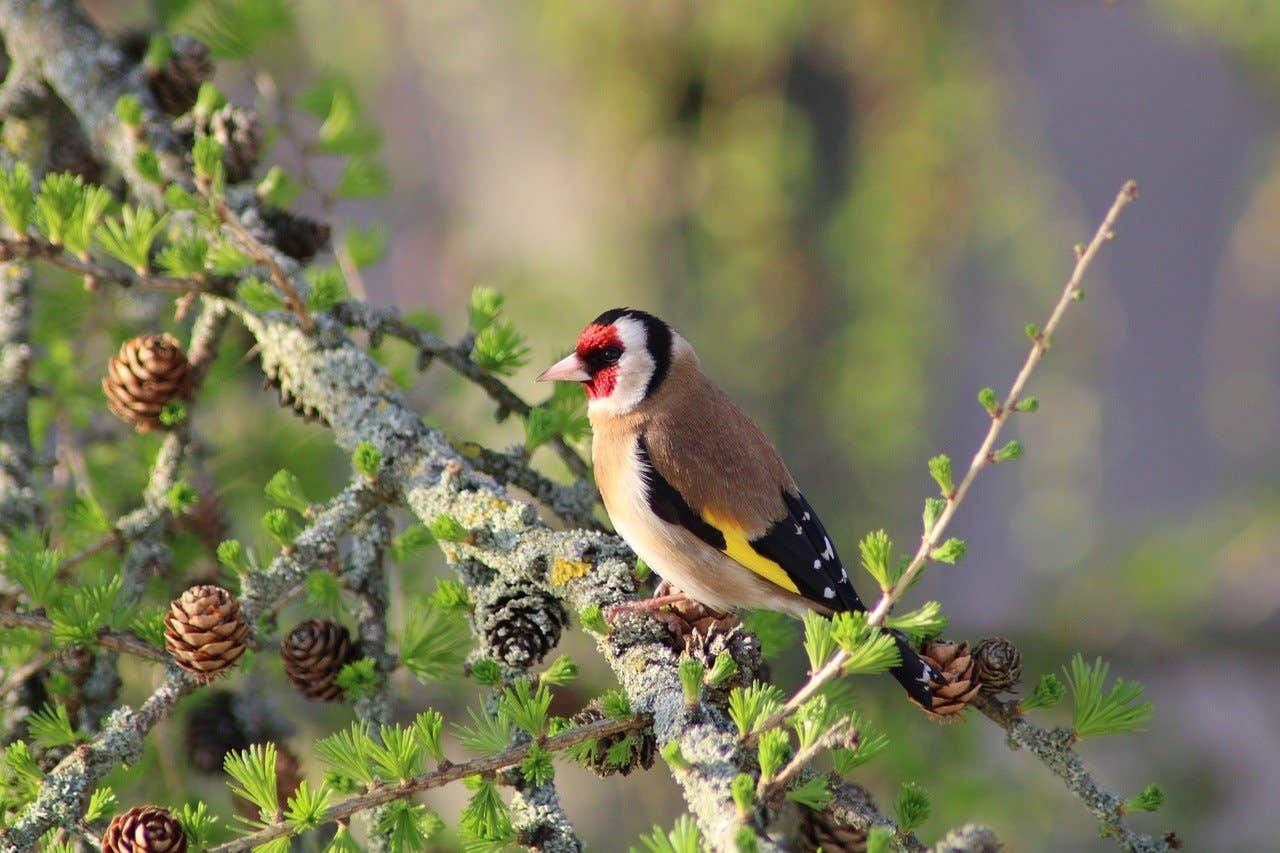


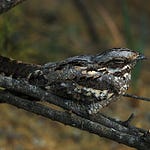
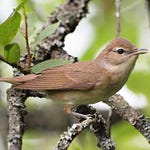

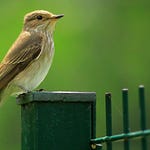

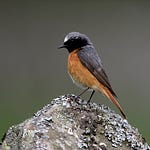
Share this post